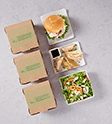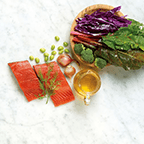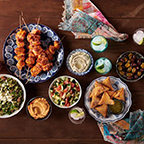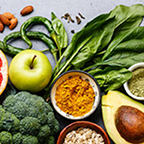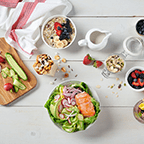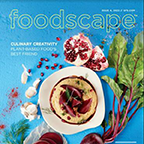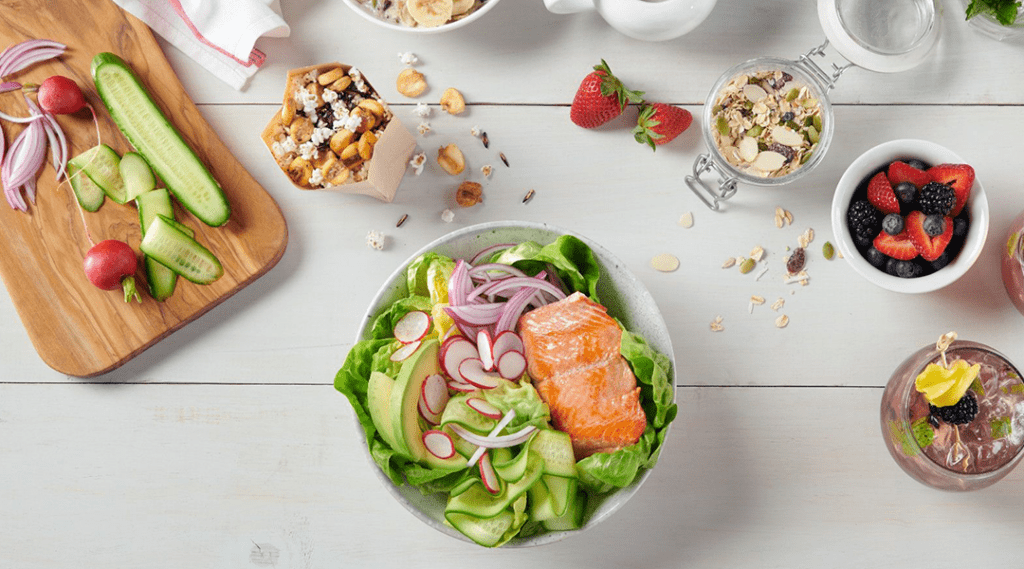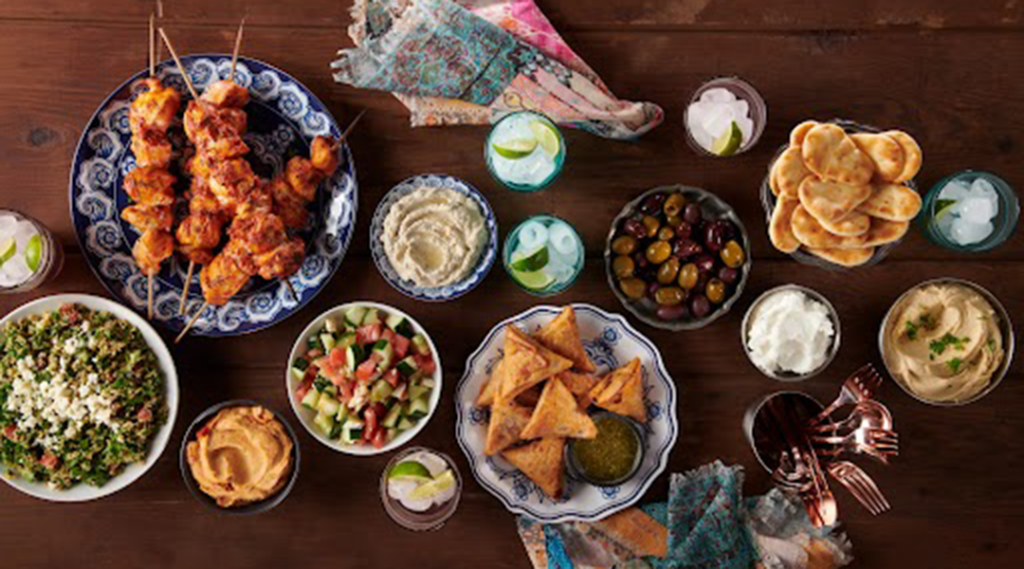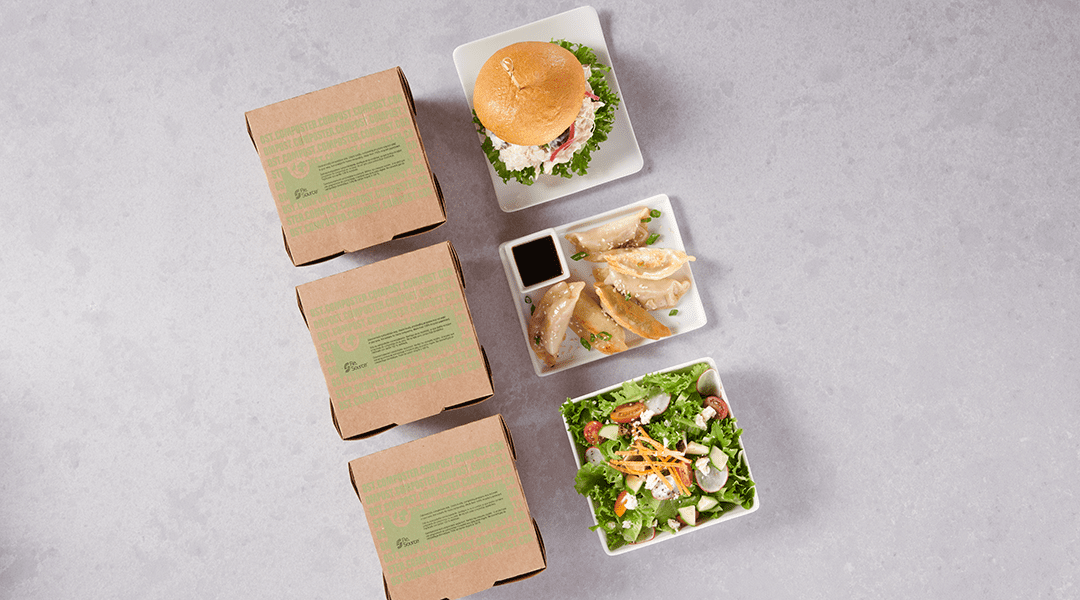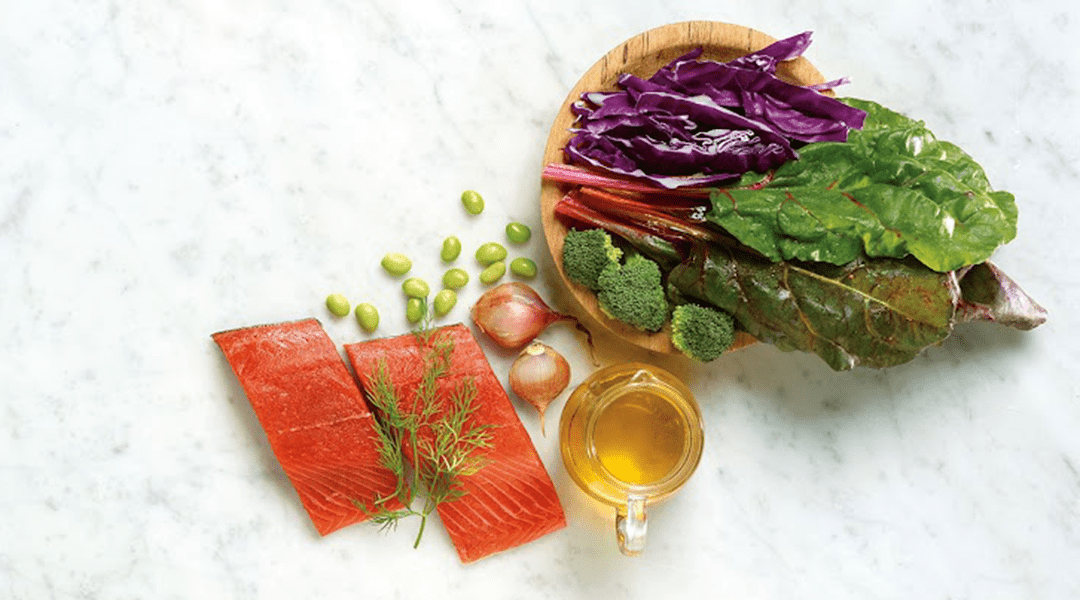In school foodservice, it’s understood that lunch is the bulk of the program. But lunch is just one meal. For school foodservice programs seeking ways to grow, it’s time to think outside the lunchbox.
Extending the foodservice program beyond lunch—with opportunities that encourage healthy eating before, during, and after school—can fit within the boundaries of government regulations and smart snacks rules, paying off for your program and those you serve.
6 ideas to grow your school foodservice program
1) Start early with breakfast
Many schools already offer breakfast as a reimbursable program or as part of the Community Eligibility Program (CE). Even if these programs don’t apply to the students you serve, a breakfast program is a great way to start the day.
At Fort Wayne Community Schools, free CE breakfasts are served at the door as students walk in the elementary school buildings. Candice Hager, the district’s Director of Nutrition says breakfast service increased 48 percent in 2014-15.
“We think it’s very important to prepare students to be ready to learn in the classroom, and breakfast makes sure all kids have fuel to learn,” Hager says.
Winnie Brewer, Director of Foodservice at Marion City Schools in central Ohio, recognizes a benefit to the overall nutrition program as well.
“When kids eat breakfast at school, we can feed them two of their three daily meals, which means we can give them a model of what to eat,” Brewer says.
2) Dole out midmorning or midafternoon snacks
Participation in the USDA snack program is another way to blend healthy food and healthy minds. By offering a fruit or vegetable with some educational information about the food, students learn while they snack.
“Four of our six elementaries take part, and the kids have really enjoyed trying things like cacti and edamame,” Brewer says. “The program is conducted through a need-based grant, so you have to reapply each year—we’ve been doing it for three years, so that speaks to its success.”
3) Serve after-school meals
Pinellas County Public Schools near Tampa, Florida, offer a dinner program at elementaries that have after-school programs. Under the supervision of U.S. Department of Health, a free hot meal is served.
“Parents are encouraged to join—for a fee,” says Catherine Gerard, the district’s Food and Nutrition Supervisor. We serve traditional dinner foods—meatball stroganoff, stuffed shells, chicken pot pie—along with a vegetable, a fruit serving, and milk.”
Marion City Schools is about to embark on a similar program this fall. The Dinner in the Classroom pilot program will take place at two elementary schools. Students will get 15 minutes to eat—the time between when the final school bell rings and the school bus fleet departs.
“The hope is that some students will be encouraged to stay longer, not just to play sports, but perhaps get involved in an after-school science program or to seek help with homework,” Brewer says. “Those who eat and go home on the bus are at least getting a healthy meal.”
4) Try a food cart or kiosk
At Marion, mobile food carts are available a half-hour before and after school.
“We follow the smart snacks rules, of course,” Brewer says. “But the big advantage is that you get a chance to speak one-on-one with students and find out what they like to eat. If it falls within the smart snacks rules, you can serve it and control your waste.”
5) Consider vending machines
Pinellas County Schools use vending machines for reimbursable meals, Gerard says. That way, students who are in a hurry don’t have to stand in a long line to wait for lunch service in the cafeteria.
One drawback: Perishable food won’t keep forever, Marion’s Brewer warns, so it’s important to keep close watch for unpopular items.
6) Serve à la carte
At Pinellas, Gerard says food served outside the reimbursable lunch menu is a tricky proposition—you have to appeal to student indulgences while still meeting the smart snack rules. The deluxe burger is out and smaller, healthier portions are in.
“French fries were a huge moneymaker, but we’re unable to use our fryers now, so we’re looking at bakeable options,” she says. “Instead of serving 4 oz. of fries for $1, we’re selling a 2.1 oz. serving of baked shoestring fries for 50 cents.”
Other à la carte offerings include cookies, goldfish crackers, white cheddar popcorn, graham cracker snacks, and baked chips.
Hungry for more?
Ask your Customer Development Specialist for a copy of the fall 2015 issue of Food Elements magazine to learn how Hillsborough County Public Schools developed dinner, snack, and summer feeding programs to feed its students outside of lunch.




